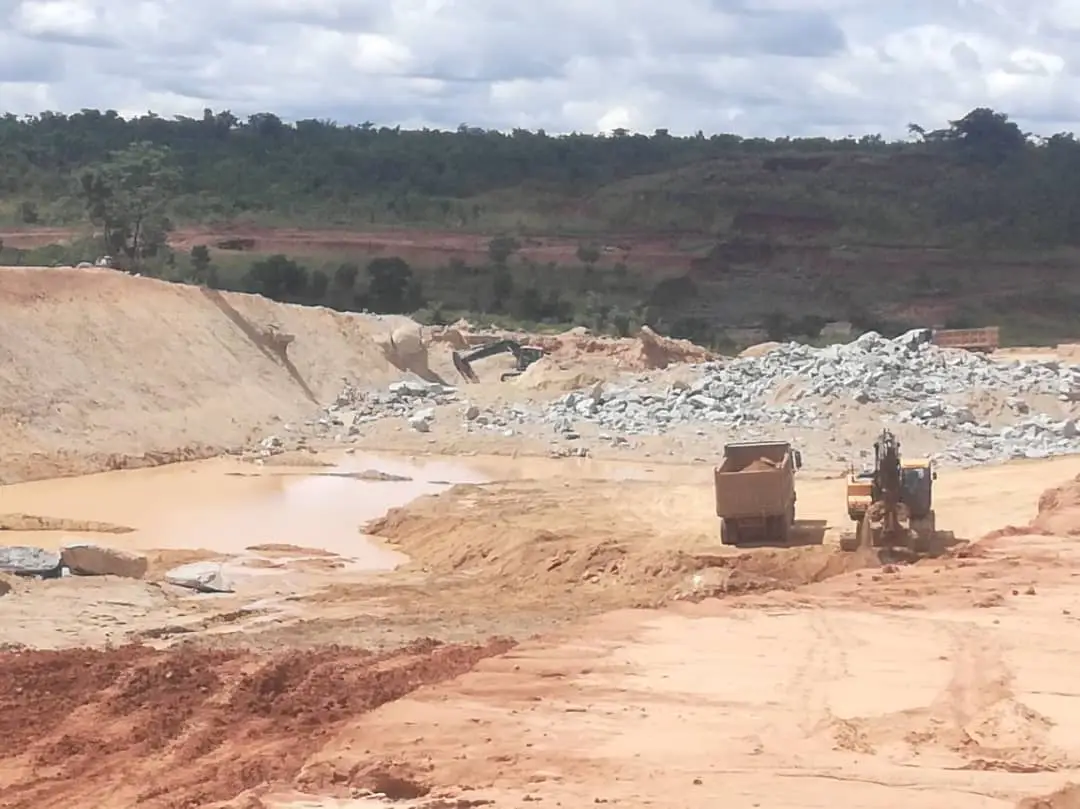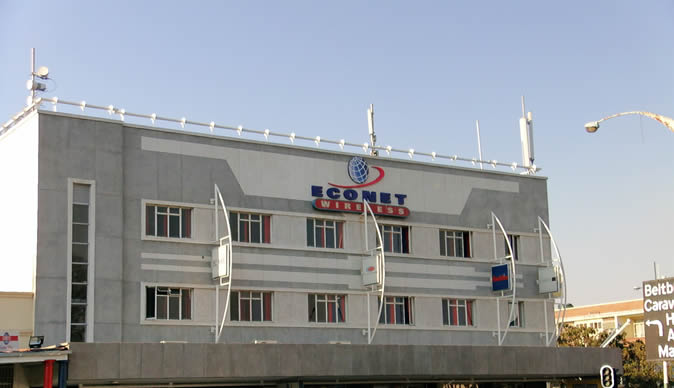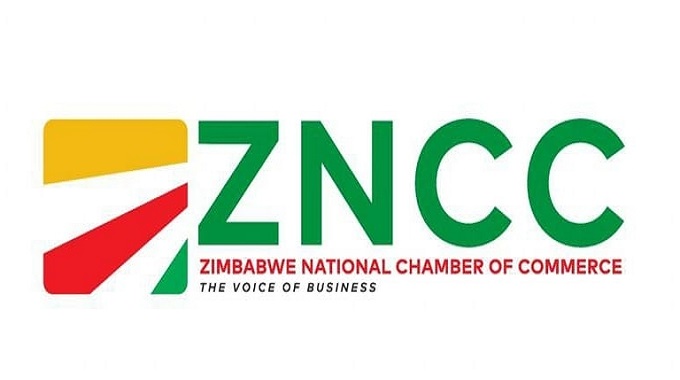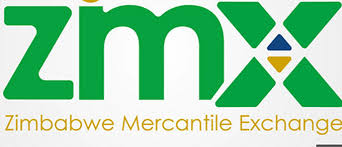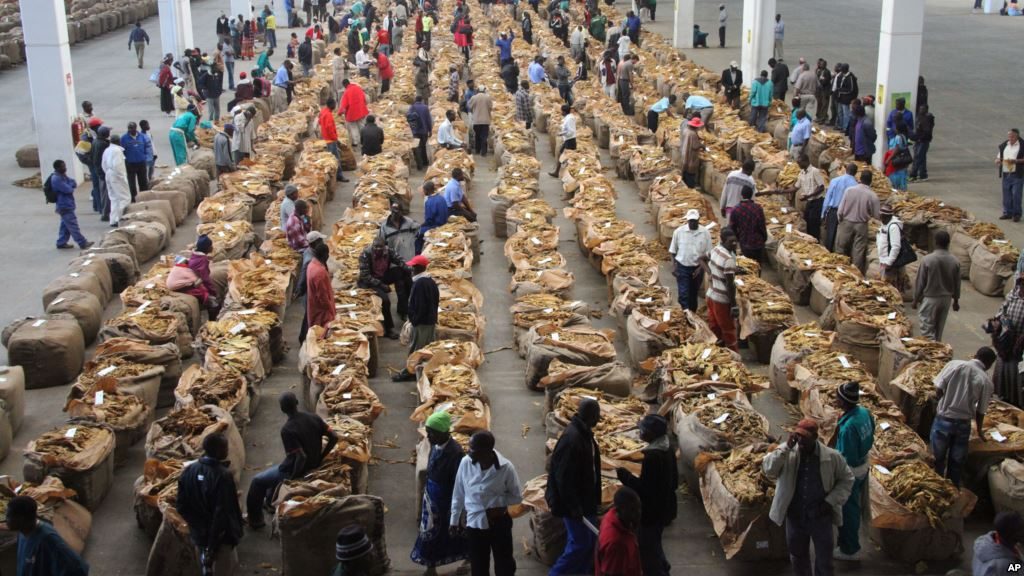SADC acts on barriers to trade
The Southern African Development Community (SADC) has moved to eliminate barriers to trade posed by technical regulations and the absence of standardised rules.
The intervention is expected to foster a predictable regulatory environment in the regional bloc and, ultimately, drive economic growth in member states.
Zimbabwe is part of the trading bloc, having been one of the founding members of the Southern African Development Coordination Conference (SADCC) in 1980, which later evolved into SADC in 1992.
This emerged at the ongoing 40th Annual SADC Technical Barriers to Trade (TBT) cooperation structures meetings in Victoria Falls.
SADC convened the crucial meeting to facilitate dialogue among its member states on standardisation, quality assurance, accreditation and metrology (SQAM) issues.
The summit seeks to expedite the harmonisation of standards, improve quality assurance, and facilitate the ease of doing trade across the 16-member trading bloc.
The SADC Protocol on Trade, focusing on promoting smooth trade by eliminating unnecessary regulatory challenges, is at the centre of the ongoing deliberations in Zimbabwe’s premier resort.
These structures are vital to ensure that regional standards align with international benchmarks for compliance with fair trade practices and streamlining policies to foster a transparent regulatory environment.
Despite efforts to establish a Free Trade Area (FTA) in 2008 and promote regional integration, trade barriers persist within the SADC.
The barriers continue to hinder the free trade in goods, services and investments among the 16 member states.
Customs processes constrain smooth trade in the regional bloc, manifesting in delays at border posts due to excessive documentation and inconsistent application of rules.
Multiple and costly transit bonds required for goods crossing several borders have also been increasing the cost of trade within the region.
On the other hand, business visas are still required in some member states, impeding the movement of traders and service providers.
Although the SADC Protocol on Trade had planned to eliminate tariffs on 85 percent of goods traded within the SADC by 2008, they have remained on certain sensitive products as some members continue to shield the respective sectors from the potential undesired impact of full liberalisation, leading to uneven tariff reductions.
It has also emerged that many SADC countries belong to multiple trade groups, creating conflicting obligations.
The Non-Tariff Barriers Monitoring Mechanism, established by the SADC Secretariat, has been working to identify and resolve non-tariff barriers, but limited by slow implementation.
Delivering a speech on behalf of the Minister of Industry and Commerce Mangaliso Ndlovu, the chief director of commerce in the ministry, Dr Douglas Runyowa said the regional efforts were meant to increase intra-regional trade.
This is expected to position member states to fully leverage the opportunities presented by the African Continental Free Trade Area (AfCFTA), which aims to boost intra-African trade by eliminating trade barriers.
“This conference is expected to come up with several key outcomes that include harmonisation of standards and technical regulations that lead to reduced trade barriers and increased intra-regional trade.
“This harmonisation will facilitate smoother trade transactions and increase economic cooperation among member states.
“This will ensure that products and services meet certain standards, promoting fair competition and protecting consumer interests.
“Collaboration between governments and businesses will stimulate economic growth, create jobs, and improve livelihoods,” said Minister Ndhlovu.
Key focus areas at the meeting in Victoria Falls include standardisation, accreditation, legal metrology, technical regulations, and stakeholder involvement.
The conference is of great importance as it addresses critical barriers to trade within the SADC region.
The summit intends to facilitate the harmonisation of standards, improve quality assurance, and streamline regulatory processes by fostering dialogue among member states.
SADC contends that the collaborative effort is essential to enhance economic integration and competitiveness, ultimately positioning the region as a more formidable bloc in the global market.
Poor transport networks, weak customs infrastructure, and inadequate roads have also emerged as a deterrent to the smooth flow of trade, as they increase transit times and costs.
Multiple border crossings amplify delays, a problem SADC is addressing through initiatives like Namibia’s Coordinated Border Management Strategy.
The 40th SADC Technical Barriers to Trade Cooperation Structures conference presents a vital opportunity to overcome persistent trade challenges, paving the way for a more efficient and interconnected regional economy.-ebsinessweekl


